Are You Aware of Any Product Liability Risks?
Looking for a new book to add to your reading list? Grab your copy of After the Pitch, how to thinking like an investor and secure the startup funding you deserve. It can be found at Amazon, Barnes & Noble, and many other places you buy your books.
Risks are a major part of business. Many CEO/entrepreneurs are visionaries and work to build a product that will become a unicorn or multi-million dollar business in their industry. With building any business comes risks. Today we’re going to talk specifically about product liability risks. Your investor wants to know you’re mitigating risks as much as possible when your customer is using it. The last thing you want is a class action lawsuit and you’re out of business. I want to talk about the three areas of liability risks happen and how to combat them.
Manufacturing/Production Defects
First, let’s talk about production defects. Even though any defects result in business liability for you as a Founder, production defects lie within your manufacturer. Assume, you do not manufacture your own product and leave it up to a third party. It’s important before choosing a manufacturer that you ask yourself these questions:
- What do they currently manufacture? You want to make sure they’re familiar with products similar to yours.
- What quality assurance steps do they take? You want to make sure your product is doesn’t go out the door without some kind of quality steps.
- Where are the components for my product coming from? You want to make sure your products are high quality. Too many time we’ve heard of material catching on fire, breaking, or being contaminated with some kind of foreign substance.
- Finally, what is the production capacity? You need to know this for several reasons. Are they big enough to grow with your company? Do they have a limit on how much they can produce because of their other clients? If they’re behind on schedule, do they have the ability to catch up?
Design Defects
Design defects are on you as a company. How did you design the product really matters. If you have small parts, jagged edges that could cut someone, or material that could create the opportunity for suffocation, reconsider your design. Sometimes these are unavoidable but design defects are considered “unreasonably dangerous” to the product user. You are fully responsible for your design, not the manufacturer.
Disclaimers/Warnings
Ever looked at a child’s toy to see the tag say “Safety Tested for All Ages 0+, Recommended For Ages 3+” or maybe you see something that says “QC 27215143.” These are good signs the toy has been appropriately tested. On the same tag however, you may also see “CHOKING HAZARD – Small parts” or more severe “Risk of death or serious injury from falls and collisions.”
Based on your design and your understanding of “unreasonable danger,” disclaimers and warning labels are required to reduce the potential liability you face from using a product (whether the user is using it properly or not) and even opening the packaging of the product. In the United States, people ready and willing to sue you. Don’t put yourself in a bad situation.
Hope I didn’t scare you too much in this episode. Thinking about risks and how to mitigate them puts more trust in your investor that you’re customer focused, risk conscious, and hopefully building a business to last you a lifetime. What risks do you hold within your business? Leave it in the comments. That’s all for today, I’m your host, Adrian T. Marable.
Until next time, and remember, “If you don’t invest in risk management, it doesn’t matter what business you’re in, it’s a risky business.

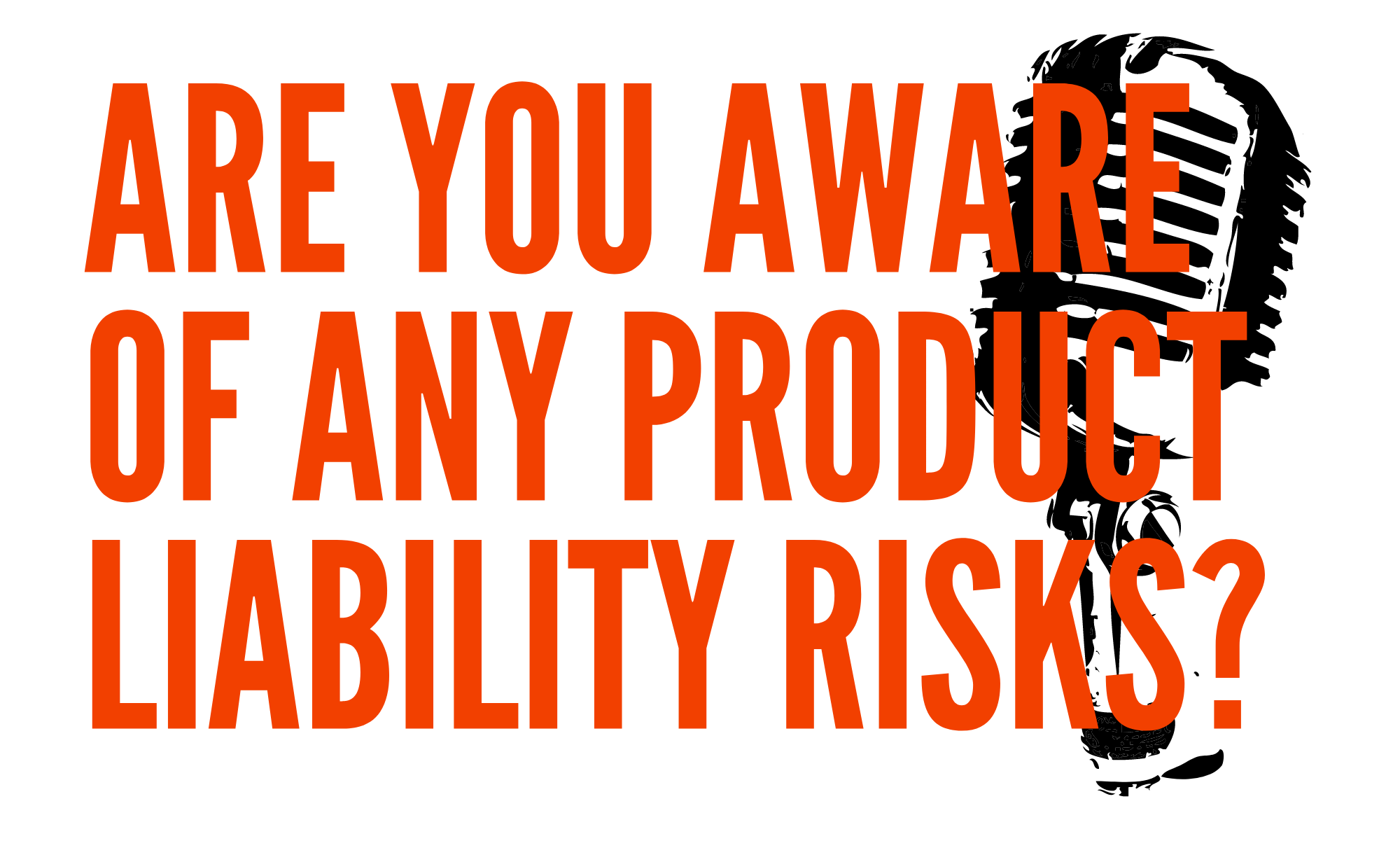
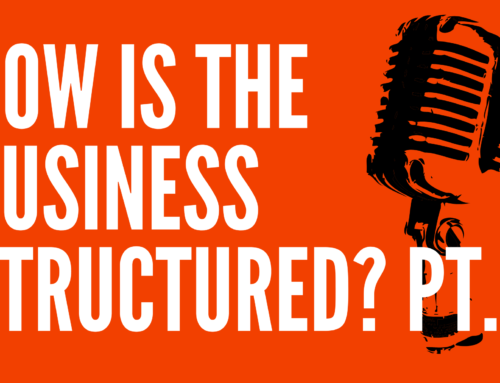
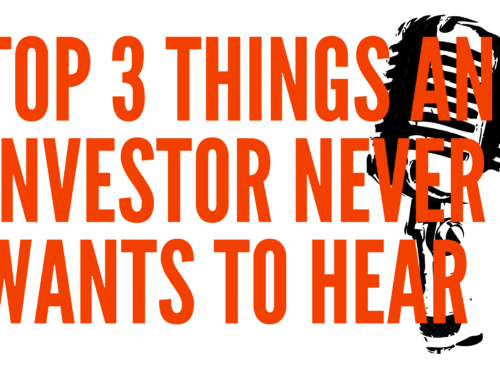
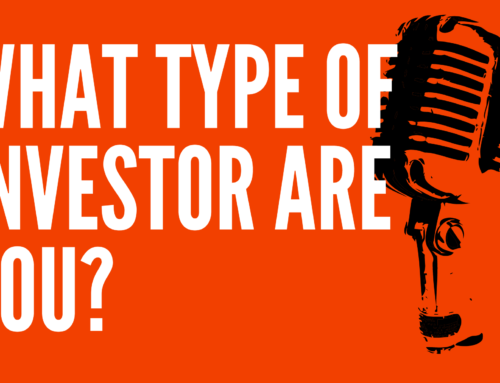

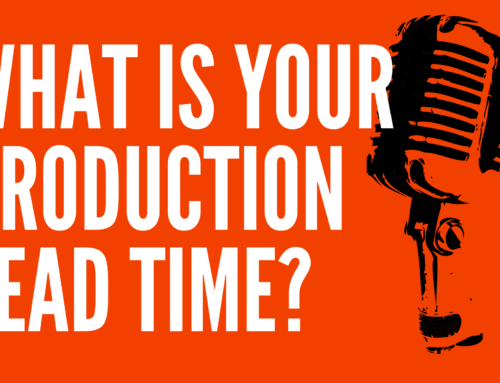
Leave A Comment